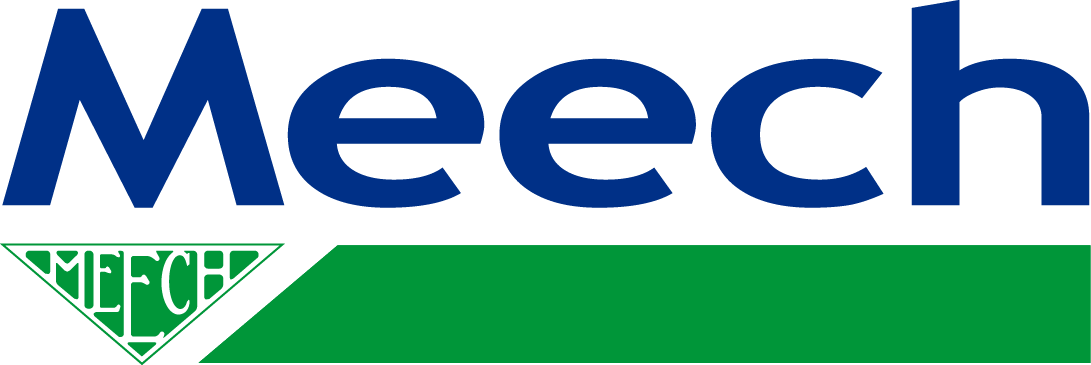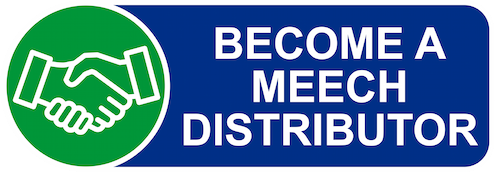When a material or object holds a net electrical charge, either positive or negative, it is said to have a static charge. Charges will slowly decrease over a period of time. The length of time that this takes is dependent on the resistance of the material. For practical purposes the two extremes can be taken as plastics, which will hold a charge for a long period of time and metal, which will hold a charge for a relatively short period of time.
There are many factors that affect static charge, these include:
- Humidity – Generally speaking, the dryer the environment, the higher level of static charge.
- Type of Material – some materials are more readily charged than others, please refer to the triboelectric series to see which materials are readily charged.
- Repetition – repeated actions such as friction or separation will increase the level of charge found on a material.
- Change in Temperature – higher temperatures reduce static charge because heat increases molecular movement, which makes it harder for static electricity to build up. Cooler temperatures, however, help static charges accumulate and stay on materials.
There are three main causes of static electricity: friction, separation and induction:
Friction – Two materials are rubbed together.
Separation – Two materials are pulled apart.
Induction – When a material is in the presence of a strong electric field.
Static electricity can cause many problems for all production and manufacturing processes such as:
Contamination – static charges can attract dust and contaminants from machine frames, floor and environment.
Static discharges – Resulting in electrostatic shock to operators, damage to electrical components and risk of explosions and fires.
Material misbehavior – Static charges will make products and materials misbehave causing machine downtime.
Material damage – damage to coatings or surfaces from sparks.
The range of Meech measuring equipment has been specifically designed to provide accurate readings of electrical charges, the performance (both AC and DC) and the surface resistivity. These handheld devices are easy to use and vitally important to diagnosing static electricity issues. Please refer to the Measuring Equipment product page for more details.
The design of pulsed DC ionisers is different to the older technology AC ionisers, as there are two rows of emitter pins, with one row emitting positive ions and the other pin emitting negative ions. The advantages of pulsed DC ionisers include:
Adjustable Output – With Meech Pulsed DC ionisers the output voltage, frequency and balance can all be adjusted from the optimised default setting. This can be advantageous for example for sensitive applications like RFID.
Increased performance – With an AC ioniser both positive and negative ions are emitted from one pin, which can cause the ions to recombine and reduce effectiveness over longer ranges. But with Pulsed DC ionisation ion recombination is reduced and ionisers can be used over longer ranges and are available to a wider range of kV outputs.
24V DC supply – Pulsed DC ionisers require a 24V DC supply, which removes the need for high voltage wiring that are needed for AC ionisers.
Integrated Power Supply (IPS) – This removed the requirement of for a power unit needed for AC ionisers. The integral pulsed DC power unit used in the Meech 924IPS make it the most compact 24V DC bar available.
Monitoring and alert features – With Pulsed DC ionisers such as those in the Meech Hyperion range there monitoring and alert features not seen on AC bars. These include Clean Pin and Fault Alerts that detects and alerts for the need for the bar to be cleaned or if a fault is detected. These alerts are also able to be output and interfaced with PLC’s, buzzers and remote lamps
All active ionisers must be maintained. The regularity of a maintenance schedule will depend on the working environment. Every Meech ioniser has been designed to minimise the time required for maintenance. However, the cleaner the bar the better the performance and product life span. We would recommend you visually inspect your static control equipment daily and clean accordingly.
However, the Meech Hyperion range of ionising bars remains unique, having Ion Current Monitoring built into the whole range. Continuous monitoring of the ionising bar’s performance allows the customer to be alerted when a bar needs cleaning.
The emitter pins can be cleaned effectively with a dry brush, which will agitate any accumulated corona residue.
The body of the bar can be cleaned with a cloth moistened with a small amount of Isopropanol Alcohol (IPA) or Methylated spirits. Ensure the bar has been left to dry completely before switching the power on.
Yes, we offer both AC and DC static control equipment certified for use in ATEX zones. Please refer to the relevant Baseefa certificates to diagnose which zone the equipment is approved for use in.
For full information on our EX ionising range.

